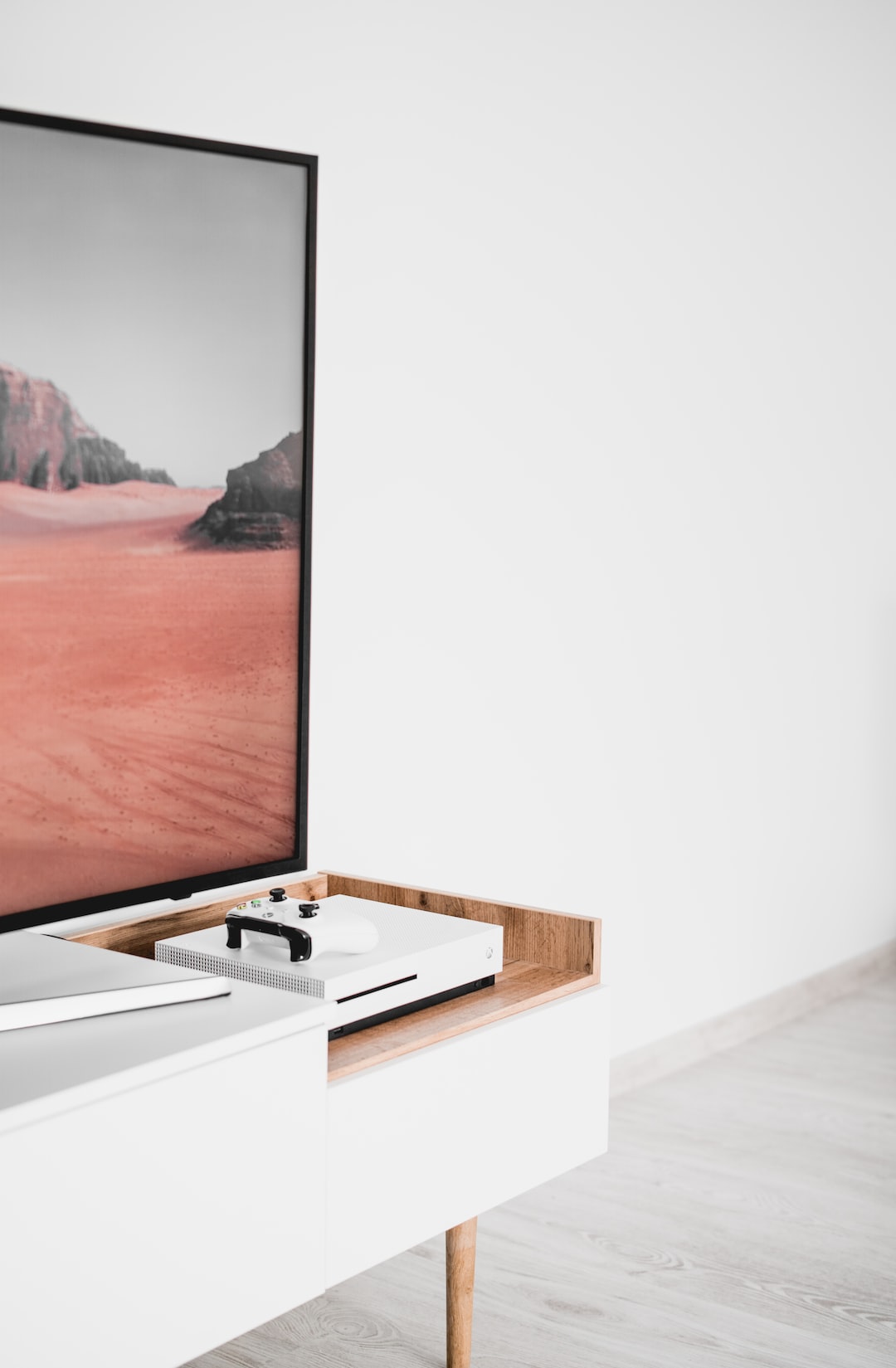Incorporating Smart Technology in Your Home’s Heating and Cooling Systems
In today’s age of digital innovation, it is no surprise that smart technology has found its way into our homes. From smart televisions, refrigerators, and security systems, technology has significantly transformed the way we live our lives. One area that has seen remarkable advancements is the heating and cooling systems in our homes. The integration of smart technology has revolutionized the way we control and manage the temperature in our living spaces, providing us with both comfort and energy efficiency.
One of the primary benefits of incorporating smart technology into your home’s heating and cooling systems is the ability to control them remotely. Most smart thermostats come with user-friendly mobile applications that allow homeowners to adjust the temperature settings from anywhere using their smartphones or tablets. For instance, if you are on vacation and forget to lower the thermostat, you can simply open the app and make the necessary adjustments to save energy and money. Smart thermostats also offer the convenience of setting up heating and cooling schedules according to your preferences, ensuring that your home is at an optimal temperature when you arrive.
Energy efficiency is a significant concern for many homeowners, and smart technology plays a vital role in achieving this goal. Smart thermostats can learn your daily routines and automatically adjust the temperature settings to optimize energy usage. By analyzing data such as occupancy patterns and weather forecasts, these intelligent devices can determine the most efficient way to heat or cool your home, saving you money on your energy bills. Some smart thermostats even provide energy reports that give you insights into your energy consumption, allowing you to make more informed decisions and further reduce your carbon footprint.
Another great feature of smart technology in heating and cooling systems is the integration with other smart home devices. The Internet of Things (IoT) has made it possible for various devices to communicate and work together seamlessly. By connecting your smart thermostat to other devices such as smart speakers, sensors, and blinds, you can create a more comprehensive and efficient home automation system. For example, if your smart thermostat detects that nobody is home, it can communicate with your smart blinds and automatically close them to prevent unnecessary heat loss or gain. This integration not only enhances comfort but also contributes to energy savings.
In addition to remote control and energy efficiency, smart technology offers enhanced monitoring and diagnostics for your heating and cooling systems. Most smart thermostats provide real-time data and alerts about your HVAC system’s performance and maintenance needs. They can notify you when it’s time to change filters, clean vents, or schedule routine maintenance, preventing potential problems and prolonging the lifespan of your equipment. This improved monitoring capability not only saves you time and effort but also helps you avoid costly repairs or replacements in the long run.
Security is another compelling aspect of smart technology in heating and cooling systems. Some smart thermostats feature geofencing, a technology that uses your smartphone’s location data to detect when you are leaving or returning home. This allows your thermostat to automatically adjust the temperature settings accordingly, ensuring that you come back to a comfortable environment. Moreover, smart thermostats with geofencing can also enhance home security by creating the illusion of occupancy when you are away. By periodically adjusting the temperature or turning on lights, your home appears occupied, deterring potential burglars.
While the incorporation of smart technology in heating and cooling systems offers numerous benefits, it is important to mention a few considerations. Firstly, ensure that your smart thermostat is compatible with your existing HVAC system before making a purchase. It is advisable to consult an HVAC professional to evaluate compatibility and assist with installation if necessary. Secondly, make sure your smart thermostat is appropriately secured to prevent unauthorized access. Utilize strong and unique passwords, enable two-factor authentication, and keep your operating system and apps up to date to minimize potential security breaches.
In conclusion, the integration of smart technology into your home’s heating and cooling systems brings a multitude of advantages. From remote control and energy efficiency to enhanced monitoring and security, smart thermostats offer convenience, comfort, and savings. By harnessing the power of smart technology, your home can become a more connected and intelligent living space, allowing you to enjoy the benefits of modern innovation while reducing your environmental impact. So why wait? Embrace smart technology and transform the way you manage your home’s temperature today!

